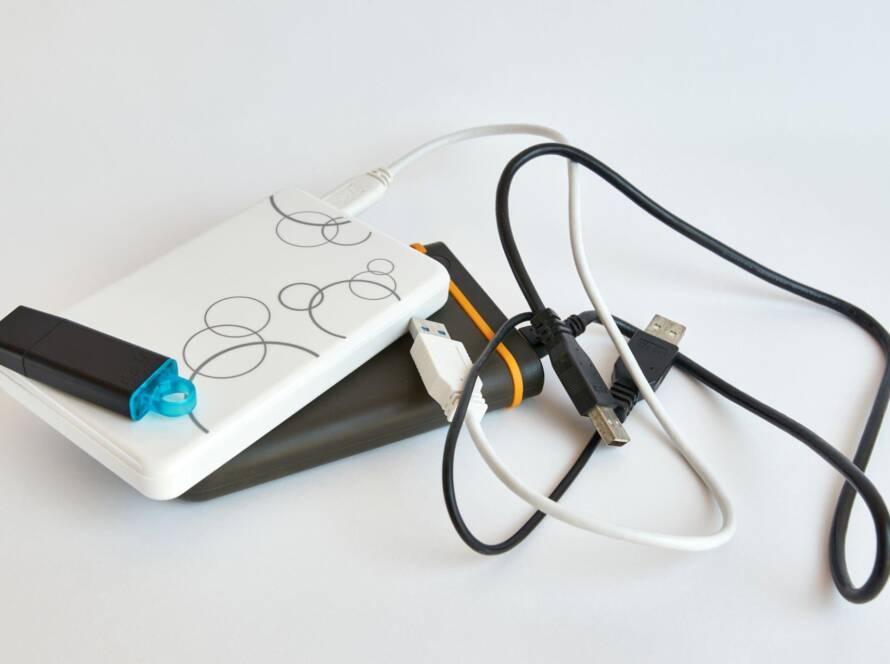Having a properly calibrated monitor is essential for anyone who works with digital media, whether it’s for graphic design, photography, video editing, or even just to enjoy the best possible picture quality on your screen. Calibrating your monitor ensures that the colors are accurate, which can significantly improve your work and viewing experience. In this guide, we’ll walk you through the steps to calibrate your monitor using both built-in tools and external hardware.
Why Monitor Calibration is Important
Before diving into the calibration process, let’s quickly cover why it matters:
- Color Accuracy: Ensures the colors you see on your screen match the real world or the intended output.
- Consistency: Helps maintain uniformity across multiple monitors or devices.
- Professional Standards: Essential for professionals in creative fields to ensure their work meets industry standards.
Step-by-Step Guide to Calibrate Your Monitor
1. Prepare Your Monitor
- Warm-Up Your Monitor: Turn on your monitor at least 30 minutes before calibration to let it warm up and reach its normal operating temperature.
- Clean the Screen: Use a microfiber cloth to remove any dust or smudges that might interfere with the calibration process.
- Set Up Your Workspace: Make sure your workspace lighting is consistent and not too bright. Avoid direct sunlight hitting the screen.
2. Use Built-In Calibration Tools
Most operating systems come with built-in calibration tools that can help you get started with basic adjustments.
Windows
- Open Display Calibration:
- Go to Settings > Display > Advanced display settings.
- Click on Display adapter properties for Display 1.
- Go to the Color Management tab and click Color Management.
- Under the Advanced tab, click Calibrate Display.
- Follow the Wizard: The calibration wizard will guide you through adjusting the gamma, brightness, contrast, and color balance.
macOS
- Open Display Calibrator:
- Go to System Preferences > Displays.
- Click on the Color tab and then Calibrate.
- Follow the Assistant: The Display Calibrator Assistant will take you through similar steps as the Windows calibration tool, helping you adjust various settings for optimal display performance.
3. Fine-Tune with Online Tools
For more precise adjustments, you can use online calibration tools. These tools typically offer test patterns and images that help you manually tweak your monitor settings.
- Lagom LCD Test: Offers a variety of test patterns to adjust contrast, brightness, and gamma.
- EIZO Monitor Test: Provides detailed patterns for geometry, color, and uniformity.
4. Professional Calibration with Hardware Tools
For the most accurate calibration, especially if you need professional-grade results, using a hardware calibration tool is the best option. Devices like the Datacolor SpyderX or X-Rite i1Display Pro can provide superior accuracy.
Using a Calibration Device
- Install the Software: Follow the instructions to install the calibration software provided with your device.
- Connect the Device: Attach the calibration device to your monitor. It typically hangs over the screen.
- Run the Calibration: Launch the software and follow the on-screen instructions. The device will measure your monitor’s output and adjust the settings accordingly.
5. Regular Maintenance
Monitor calibration isn’t a one-time task. Regular maintenance ensures continued accuracy:
- Recalibrate Monthly: For consistent results, especially in professional environments.
- Check for Updates: Keep your calibration software and device firmware up to date.
Conclusion
Calibrating your monitor is a vital step in ensuring that what you see on your screen is as accurate and consistent as possible. Whether you’re using built-in tools, online resources, or professional hardware, taking the time to properly calibrate your monitor can vastly improve your digital experience. Follow these steps to enjoy precise and vibrant visuals every time you use your computer.
By following this guide, you can ensure that your monitor displays colors and images as accurately as possible, which is crucial for both professional work and personal enjoyment. Happy calibrating!





3 Comments
celinetoto
That is a great tip especially to those new to the blogosphere.
Short but very accurate information… Thanks for sharing this one.
A must read post!
Slot Gacor auto JP
If some one wishes expert view on the topic of blogging and site-building after that i advise
him/her to visit this weblog, Keep up the fastidious job.
celinetoto
I’m not that much of a internet reader to be honest but
your blogs really nice, keep it up! I’ll go ahead and bookmark
your website to come back down the road. Many thanks